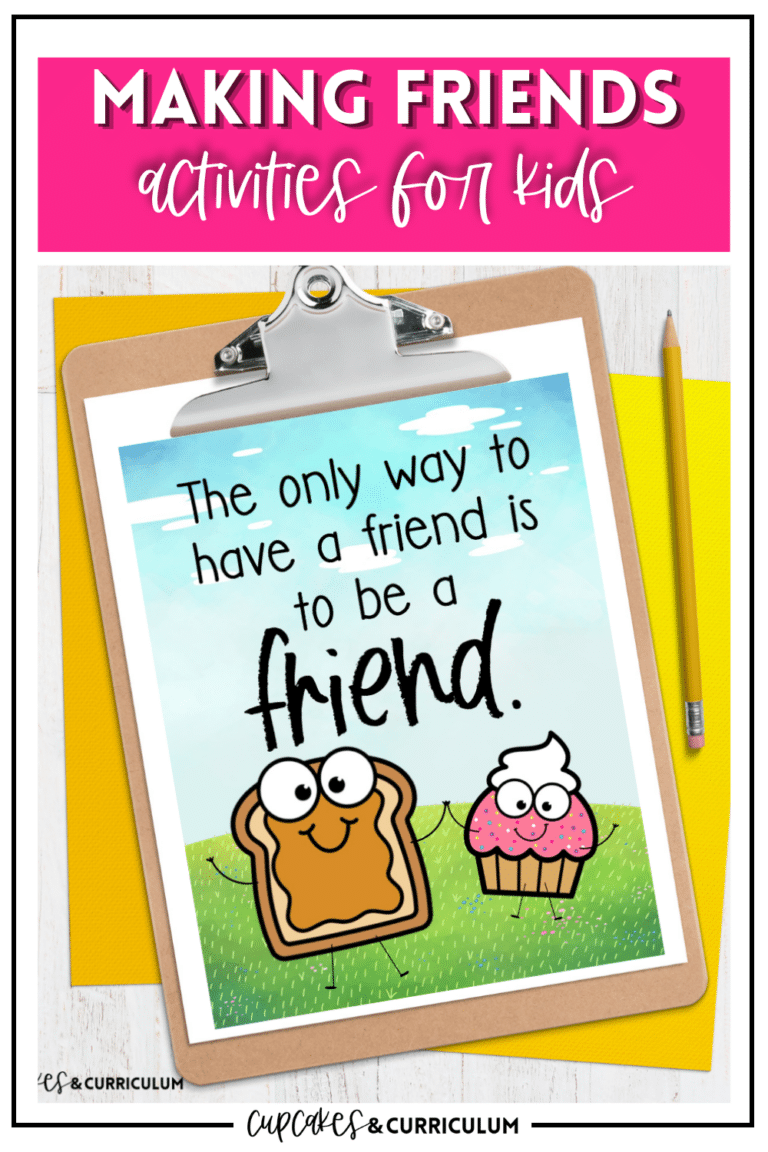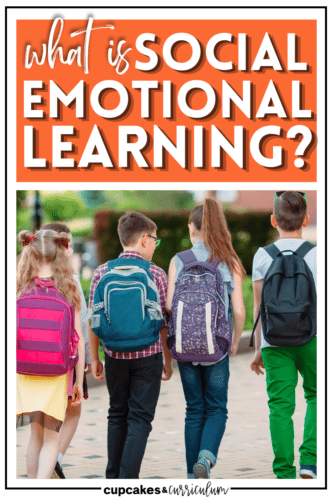
Let’s face it, not every kid develops the same way, and not every kid goes home to a well adjusted functional family where they get all the attention that they need, their parents help with homework, and they are well-informed about empathy and conflict resolution. For us teachers, it’s a sad and humorous thought. The fact is that social emotional learning (SEL) helps increase academic achievement and improves behavior! This is why SEL so important for the classroom. So, what is SEL and what is an SEL curriculum?

“SEL is the process through which children and adults understand and manage emotions, set and achieve positive goals, feel and show empathy for others, establish and maintain positive relationships, and make responsible decisions.” https://casel.org/what-is-sel/
Wow. That’s a lot. You might be thinking, “No! Not another thing that I have to do in class. There is enough I need to do as a teacher.” But there is a good chance that you are already doing a lot of SEL in your classroom. Additionally, there are so many programs and easy classroom integrations for every grade level. Keeping this in mind, SEL is not a huge time investment.
There are 5 components, and 5 guiding principles for SEL set by CASEL, an organization that invests in research and programs for evidenced based SEL.
Social Emotional Learning is super important for the classroom, and there are so many resources that you can use online to really get the right fit for your style and your students.
Click here to see over 40 SEL/Social Emotional Learning resources that I think you’ll love!
If everyone had just a bit of those 5 skills up there, the world would really be a better place.